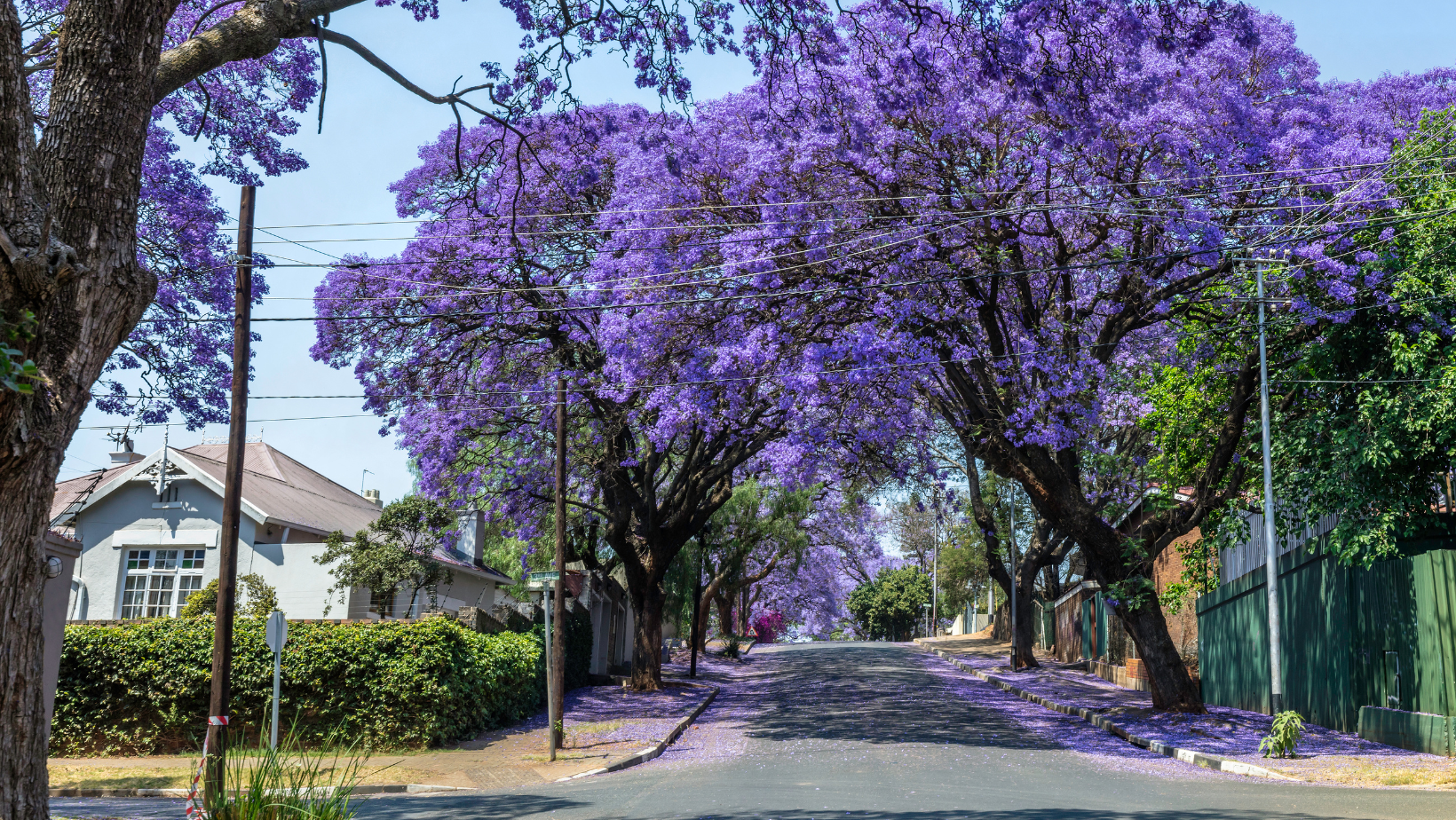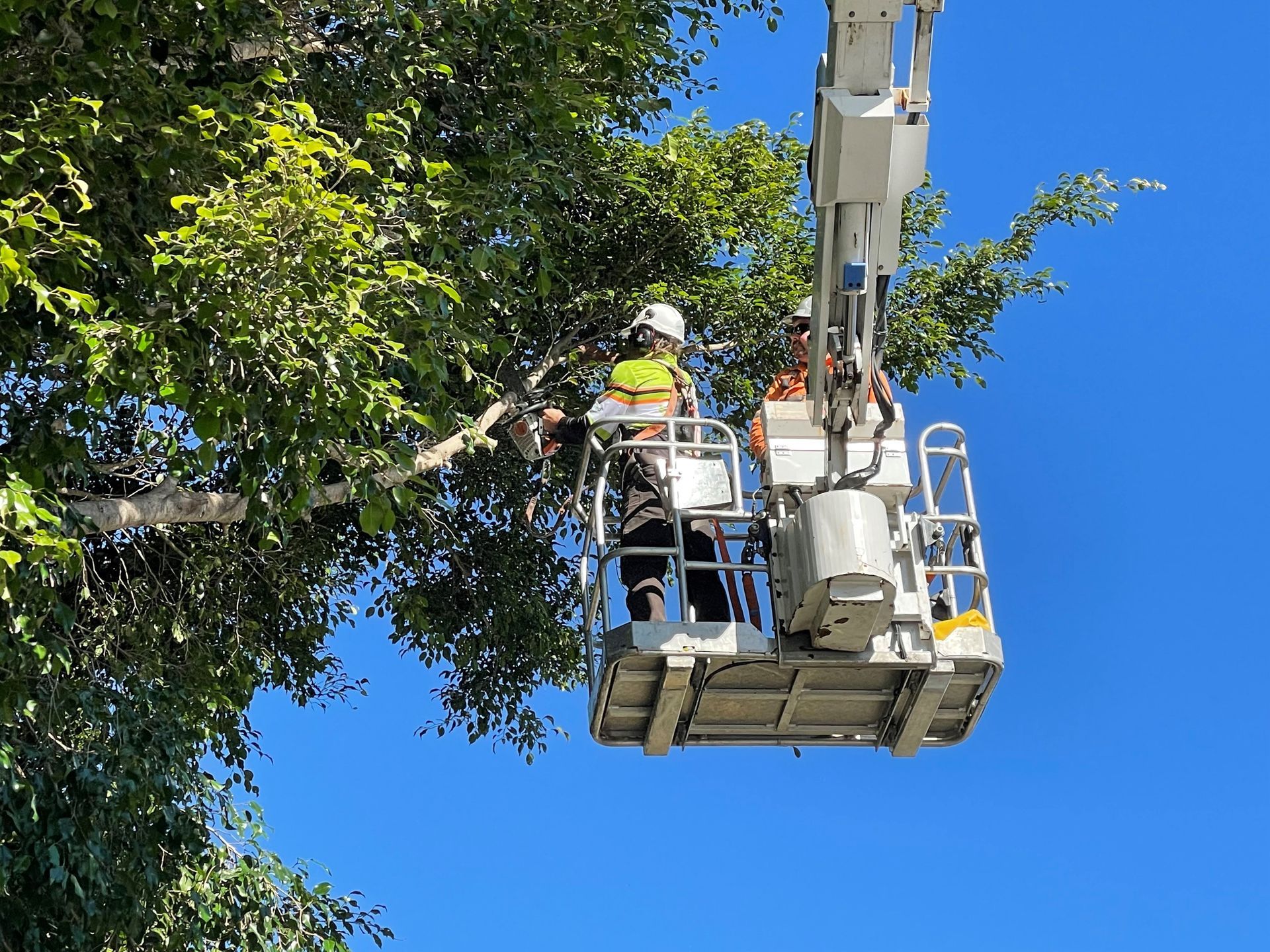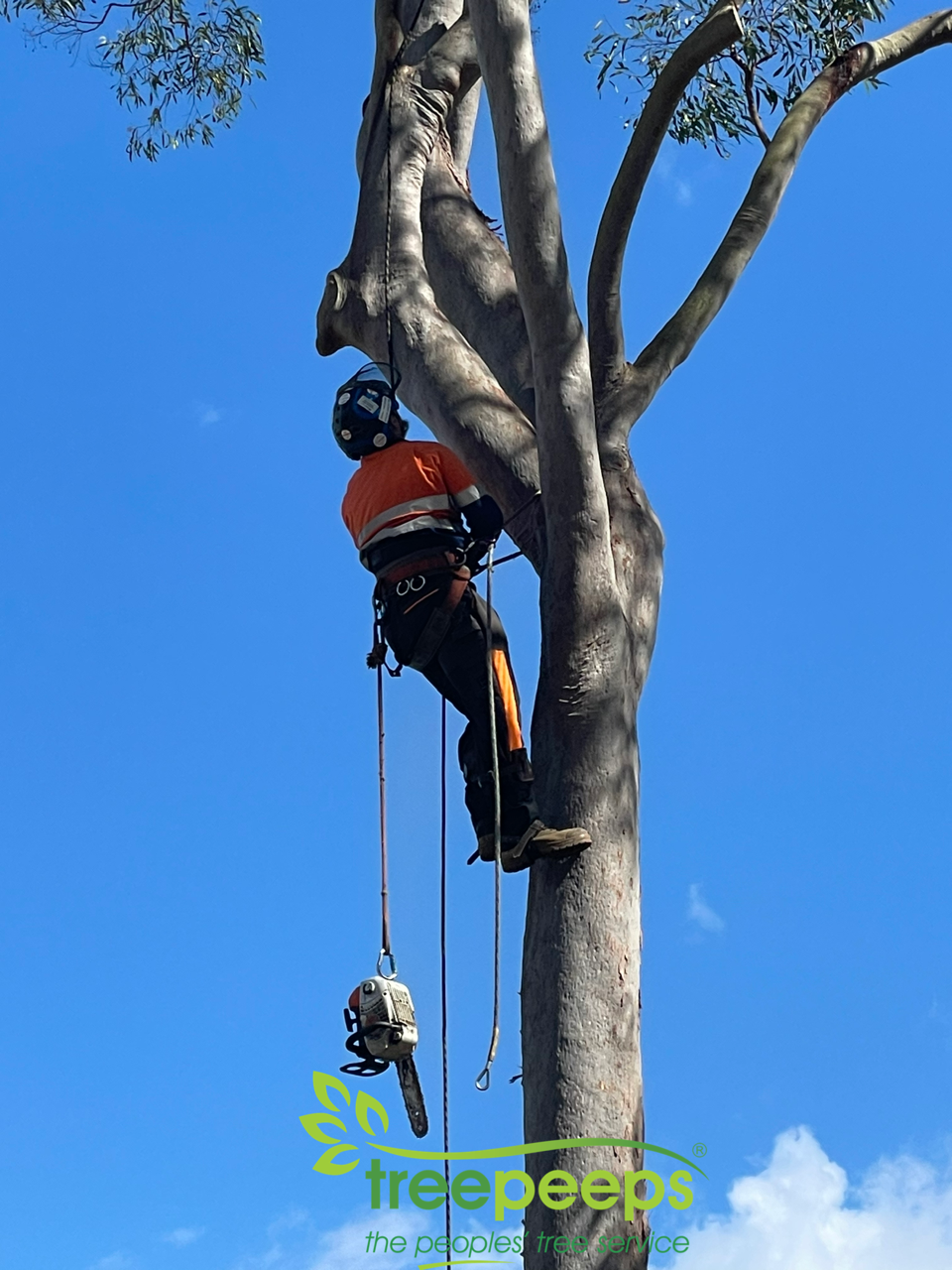Preparing Your Trees for the End of Winter in South-East Queensland
Essential Tree Care Tips to Ensure a Healthy Start to Spring

As winter draws to a close in South-East Queensland, it’s time to start thinking about how to prepare your trees for the upcoming spring season. The mild winters in this region mean that while trees may not go completely dormant, they still experience a slower growth period. With the warmer weather on the horizon, taking the right steps now can help ensure that your trees are healthy, vibrant, and ready to thrive.
1. Inspect for Winter Damage
Winter can be tough on trees, even in a subtropical climate like South-East Queensland. Strong winds, heavy rains, and cooler temperatures can cause damage to branches and trunks. Now is the perfect time to inspect your trees for any signs of damage. Look for broken or cracked branches, as well as any signs of disease or pests. Early detection can prevent more significant issues as the tree begins to grow more vigorously in spring.
2. Prune Dead or Damaged Branches
Late winter is an ideal time to prune your trees, as they are still in a relatively dormant state. Pruning helps remove any dead, damaged, or diseased branches, which can improve the overall health of the tree. It also encourages new growth in the spring. Focus on removing branches that are crossing or rubbing against each other, as these can cause wounds that invite pests and diseases.
3. Mulch Around the Base
Adding a fresh layer of mulch around the base of your trees can help retain moisture, regulate soil temperature, and suppress weeds. Mulching is especially important as the weather warms up and the soil begins to dry out. Be sure to spread the mulch evenly and avoid piling it up against the trunk, as this can lead to rot.
4. Fertilize to Promote Healthy Growth
After the slower growth period of winter, your trees will benefit from a boost of nutrients. Applying a slow-release fertilizer in late winter can provide the essential nutrients your trees need to kickstart their growth in spring. Be sure to choose a fertilizer that is appropriate for the specific types of trees in your garden, and follow the instructions carefully to avoid over-fertilizing.
5. Check for Pests
As the weather warms up, pests become more active. Inspect your trees for any signs of insect infestations, such as chewed leaves, discoloured foliage, or unusual growths. Common pests in South-East Queensland include caterpillars, borers, and aphids. If you spot any signs of pests, consider consulting with an arborist to determine the best course of action.
6. Water Wisely
While South-East Queensland often experiences rain in late winter, it’s important to ensure that your trees are getting the right amount of water. Too much or too little water can stress the trees and affect their growth. As a general rule, it’s better to water deeply and less frequently, encouraging roots to grow deeper and making the trees more resilient to dry conditions.
7. Prepare for Spring Planting
If you’re planning to add new trees to your garden in spring, now is the time to start preparing. Choose species that are well-suited to the South-East Queensland climate, such as bottlebrush, lilly pilly, or jacaranda. Plan your planting locations carefully, considering factors such as sunlight, soil type, and space for growth. Preparing the soil by adding compost or organic matter can also help give your new trees the best start.
Conclusion
As winter comes to an end, taking the time to care for your trees will set them up for a healthy and vibrant spring. Whether you’re pruning, mulching, or inspecting for pests, these steps will help ensure that your trees are in top shape as the seasons change.
If you need assistance with any tree care tasks, from pruning to tree lopping, the team at Treepeeps is here to help. Contact us today for a free quote and let us take care of your trees so they can thrive all year round.
📞 Call us or 📧 email us at admin@treepeeps.com.au



